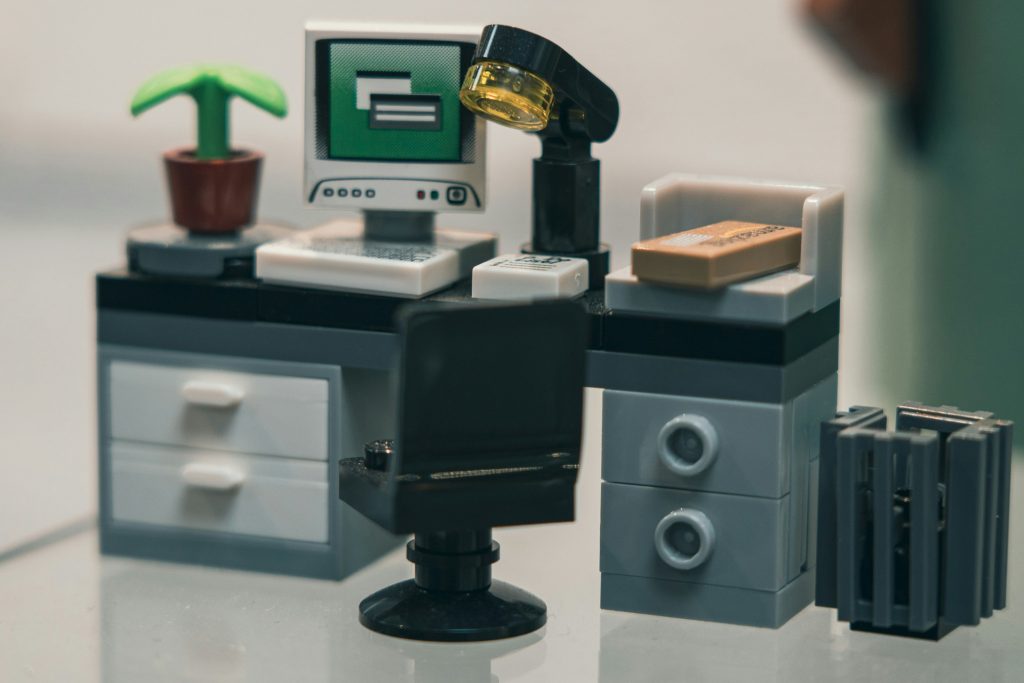Before starting your journal
Establish key information about your journal
Look at the journal market in your subject area(s) and think about how your journal will contribute to the field. What is special about your journal that will make authors/editors/reviewers want to be involved with it?
Think of a title
The title of your journal needs to tell people what its scope and purpose is. Also, make sure to select a title that will not get confused with other journal titles. The Public Knowledge Project have produced a guide to help you choose a unique title.
Articulate the journal’s aim, scope, and disciplinary focus
This information is usually added to the ‘About’ section on a journal’s webpages and might include information about the overall concept for the journal, the topics / fields that are covered in terms of both breadth and focus, intended audiences, and a history of the journal.
Establish an editorial team or board
This will consist of people who take part in the management of the journal. Think about which roles you need to include and how you will recruit people to them. Will the roles be compensated (paid in money or paid in kind) or voluntary?

Establish journal policies
- What content will be accepted?
- What media and formats will the journal be published in?
- What are your submission guidelines?
- What are the selection criteria for submitted manuscripts?
- Develop and ethics statement and policy.
Open access, copyright and licensing
Consider your journal’s access policies for published content and develop a public facing open access statement or policy including any open licensing that the journal uses for published articles.
Related to open access, you will need to think about how copyright will be handled for content in the journal. Authors should retain copyright for their articles that are published open access. You wil also need to consider what type of open license will be applied to open access articles to allow for further reuse and sharing.
Budgeting and financial models
It is important to anticipate the costs of setting up and producing your journal and find out where you will be able to get the money from. You should also consider the best financial model for supporting the ongoing running of the journal. Will people need to pay to publish open access? If so, will there be any waivers for people in particular circumstances?
PKP has further information about Article Processing Charges (APCs) and subscription models.
Set up your journal site
You will need to choose a publishing platform for your journal. Some examples are Open Journal Systems, WordPress, and Wix. You should be able to customise the look and feel of your website and consider how you will brand your journal. Things to think about include logos, colours and font choices.

After publishing your first issue
Apply for an ISSN and register for a DOI
ISSN is an international organization that assigns unique codes for serial publications (including newspapers, journals, magazines, and other periodicals). ISSNs are assigned by national centres for country-based journals, or by the central international organization for international journals. To request an ISSN, consult the ISSN guidelines that apply to you. An ISSN is essential for almost all distribution processes.
DOIs (Digital Object Identifiers) are unique and persistent identifiers, usually assigned to indivdual pieces of (i.e. an article). DOIs must be registered through a DOI registration agency, such as CrossRef, and there is a cost associated with creating DOIs.
Get your content indexed
Consider how your journal content will be discovered by your target audiences and others – for example, through journal indexes, Search Engine Optimization, and marketing. Be sure to follow the guidance in the Metadata Better Practices Guide to ensure that your journal metadata is optimized for search engines and indexes to successfully retrieve it. See the Public Knowledge Project Google Scholar Guide for tips on ensuring that your journal is successfully indexed in Google Scholar. See the Indexing Application Guide and Getting Found, Staying Found for further details about making your journal content discoverable.

Further information
Please see the full guide to starting a journal on the Public Knowledge Project webpages, which this blog post is based on.
Copyright: Simon Fraser University holds the copyright for work produced by the Public Knowledge Project and has placed its documentation under a Creative Commons Attribution 4.0 International License.
You may also wish to look at other sources of information about setting up a journal or university press. For example:
Jisc new university press toolkit
10 steps to start an academic journal (Times Higher Education)
How to start an open access journal (Swansea University)
 Library
Library Claire Choong
Claire Choong 1768
1768


